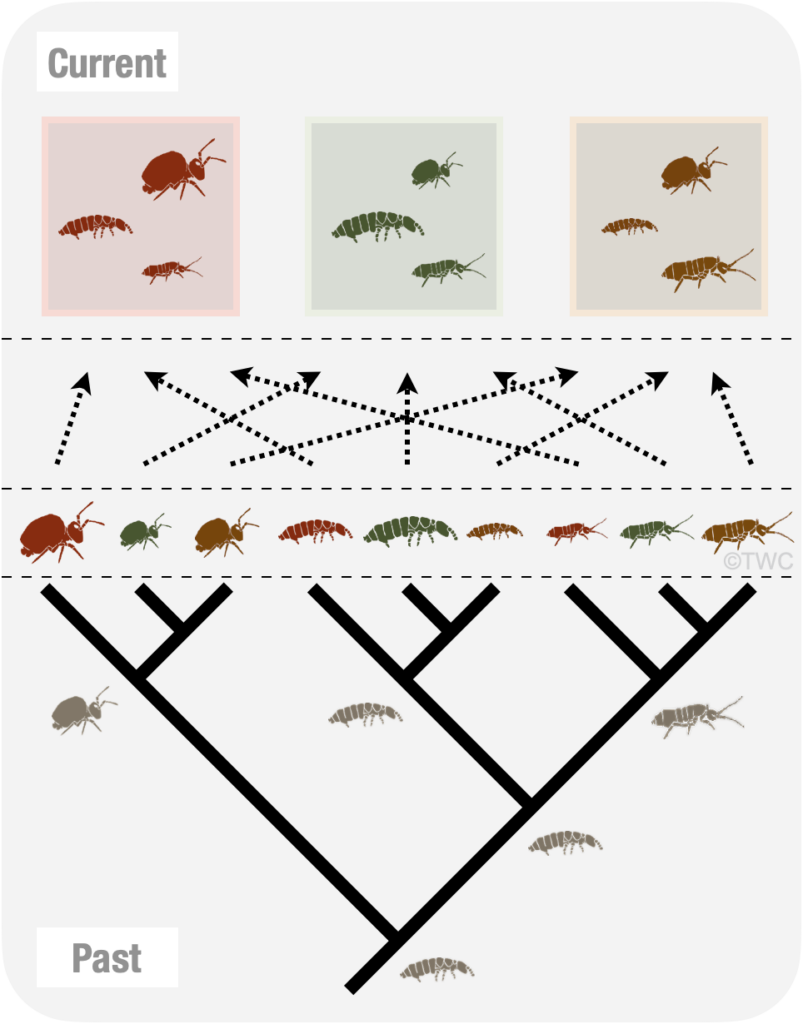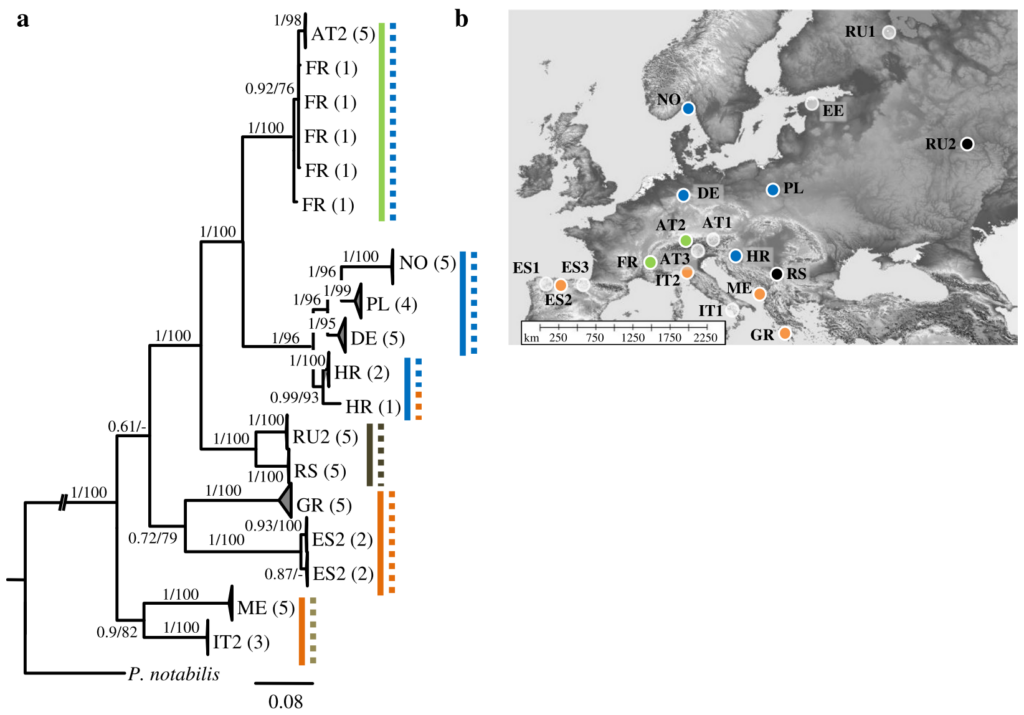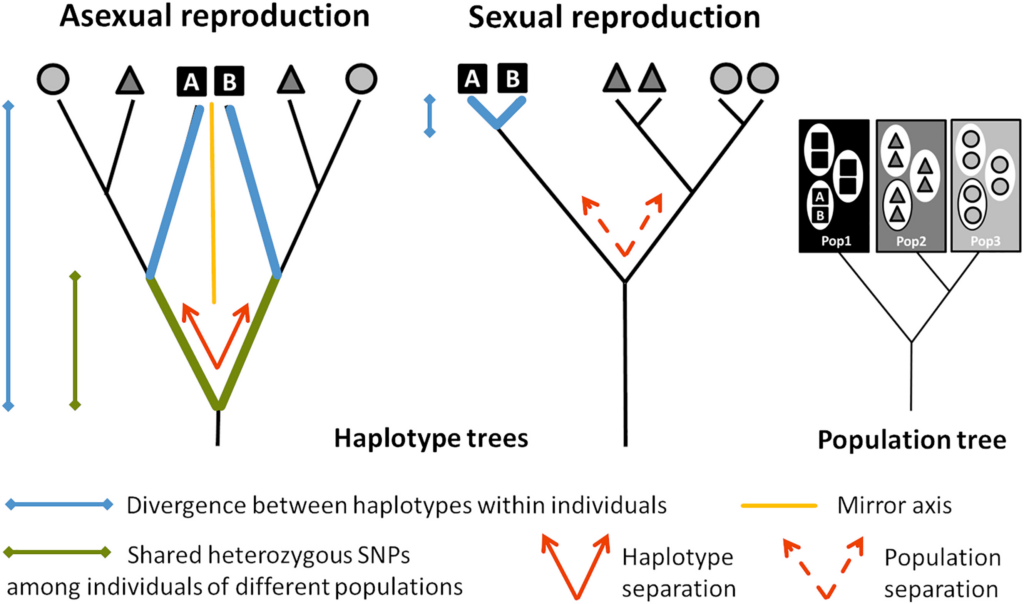Six research themes are currently running in the lab:

1. (Meta)Barcoding Soil Biodiversity
Use both traditional morphological identification & next generation sequencing to determine and delineate new and common soil animal species
The pipetting robot for processing large amounts of samples
Junggebauer et al. 2021; PeerJ
doi.org/10.7717/peerj.11012

2. Evolution of Mites & Springtails
Reconstruct phylogenies and explore trait evolution of Acari & Collembola, two of the most ancient soil animal taxa
Radiation of oribatid mites started early in the Devonian and was accompanied by shifts in body size and body form
Schaefer & Caruso 2019; Communications Biology
doi.org/10.1038/s42003-019-0628-7

3. Community, Trait & Phylogenetic Ecology (CTPE)
Apply molecular phylogenetic methods to answer community ecological questions regarding assembly processes and species coexistence mechanisms (e.g. filtering, partitioning, dispersal & speciation)
The CTPE conceptual diagram for studying assembly processes of community from both ecological & evolutionary points of view
Xie, Chen et al. 2022; Journal of Biogeography
doi.org/10.1111/jbi.14317

4. Phylogeography & Cryptic Species
Study historical & spatial processes responsible for past & present geographic distributions of intraspecific genetic lineages of oribatid mites and Collembola
Relationships of lineages of the springtail Ceratophysella denticulata in Europe derived from (a) Bayesian analysis of sequence data of three genes. (b) Sampling locations and geographic distribution of COI lineages
von Saltzwedel et al. 2016; BMC Evolutionary Biology
doi.org/10.1186/s12862-016-0719-8

5. Who Eats Whom – Molecular Gut Contents
Detect instant food DNA from consumers using diagnostic PCR & next generation sequencing
Frequency of detection of nematodes Acrobeloides buetschlii, Panagrellus redivivus, Plectus minimus & Plectus velox in soil mite species in no-choice laboratory experiments
Heidemann et al. 2014; Oikos
doi.org/10.1111/j.1600-0706.2013.00872.x

6. The ‘Sexy’ Genomics
Analyze and compare genetic variances between sexual & asexual oribatid mite species to understand selection processes of reproductive modes
Nuclear haplotype trees expected under long-term obligate asexual and sexual reproduction
Brandt et al. 2021; PNAS
doi.org/10.1073/pnas.2101485118